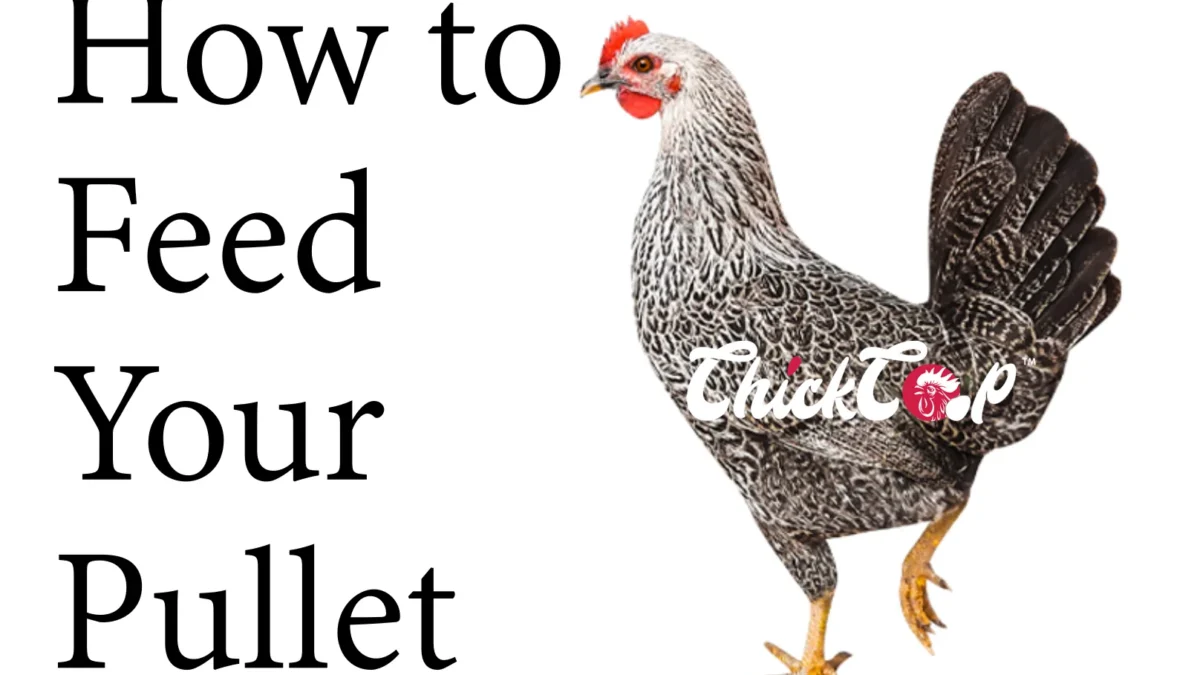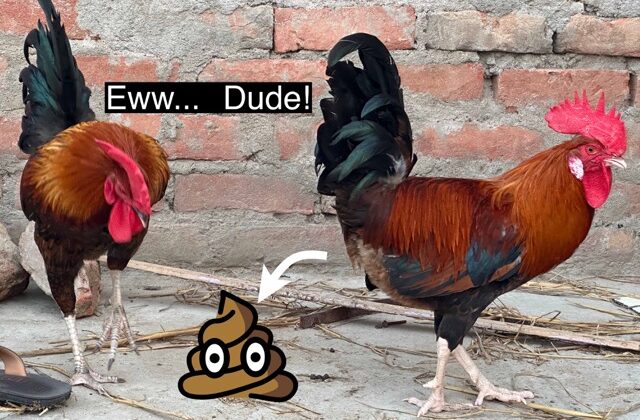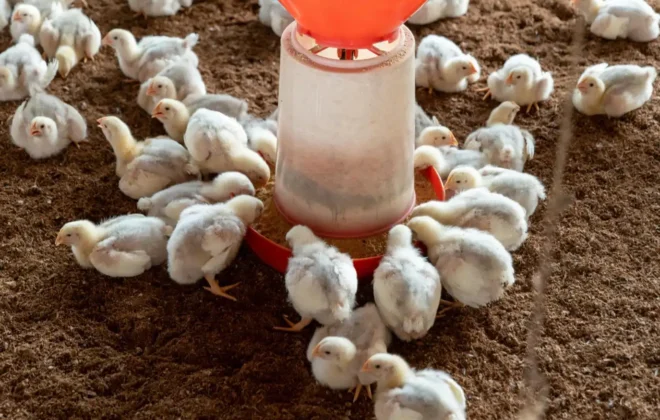
Feeding Pullets: The Key to Healthy, Productive Hens
Raising pullets‚ÄĒthe young female chickens that will become your laying hens‚ÄĒrequires more than just providing feed and water. The way you manage their nutrition during this crucial growth stage can determine whether they become strong, productive hens or struggle with health and egg production issues later in life. The secret lies in balancing their protein intake as they grow.
Why Protein Management Matters
Protein is vital for pullets, especially during their early development. When they are chicks, a high-protein diet fuels rapid growth, strong bones, and feather development. However, continuing a high-protein diet for too long can backfire. Pullets that mature too quickly or accumulate excessive fat may:
- Start laying before their bodies are fully developed
- Produce fewer and smaller eggs
- Face long-term reproductive challenges
On the other hand, underfed pullets may be weak and late to lay. Clearly, feeding pullets is a balancing act that requires careful adjustments as they transition from chicks to hens.
Step 1: The Chick Stage
From hatching until about eight weeks of age, pullets need starter feed rich in protein‚ÄĒtypically around 18 to 20 percent. This sets the foundation for a healthy, well-developed bird.
Step 2: The Grower Stage
Around eight weeks, it’s time to begin reducing the protein content to prevent your pullets from growing too fast or becoming overweight. A smart way to do this is by incorporating oats into their grower or developer feed.
Using tools like Pearson’s Square, you can easily adjust feed rations to achieve a balanced protein content of 14 to 16 percent. At this stage, pullets are still growing but should be encouraged to develop at a steady pace, not rushed.
Step 3: Preparing for Laying
As pullets approach laying age‚ÄĒaround 20 weeks for Leghorn-type breeds and 22 to 24 weeks for heavier breeds‚ÄĒtheir protein needs rise again. About two weeks before their first eggs, gradually increase protein to 16 to 18 percent while reducing oats in their diet. This ensures they have the strength and nutrients required for the demanding transition into egg production.
Step 4: Switching to Layer Feed
Once the first eggs arrive, it‚Äôs time to transition your pullets to a layer feed. This type of feed is specially formulated with higher calcium levels to support strong eggshells and consistent production. But beware‚ÄĒnever feed layer rations too early. The high calcium content can damage young pullets‚Äô kidneys and stunt their development.
Key Takeaways for Farmers
- ūüź£ High protein for chicks (18‚Äď20%)
- ūüĆĪ Reduce protein with oats during grower stage (14‚Äď16%)
- ūü•ö Increase protein before laying (16‚Äď18%)
- ūüõ°ÔłŹ Introduce layer feed only after laying begins
By managing protein levels step by step, you can raise pullets that transition smoothly into healthy, productive hens‚ÄĒmaximizing both flock vitality and farm profitability.
At ChickCoop¬ģ, we‚Äôre more than just a Chicken Company, writing interesting blogs about them‚Äď we‚Äôre your trusted partner in building a modernized, sustainable and profitable farm. From breed selection to buy-back support, feed guidance, and modern farm management tips, we ensure farmers like you achieve the best results and profits.
Call us today to discuss your farming needs
ūüďß Email us at: write@chickcoop.in
ūüďě Call us: +91-9939209699


